Home>Gardening & Outdoor>Home DIY & Maintenance>What Color Storm Door Should I Get
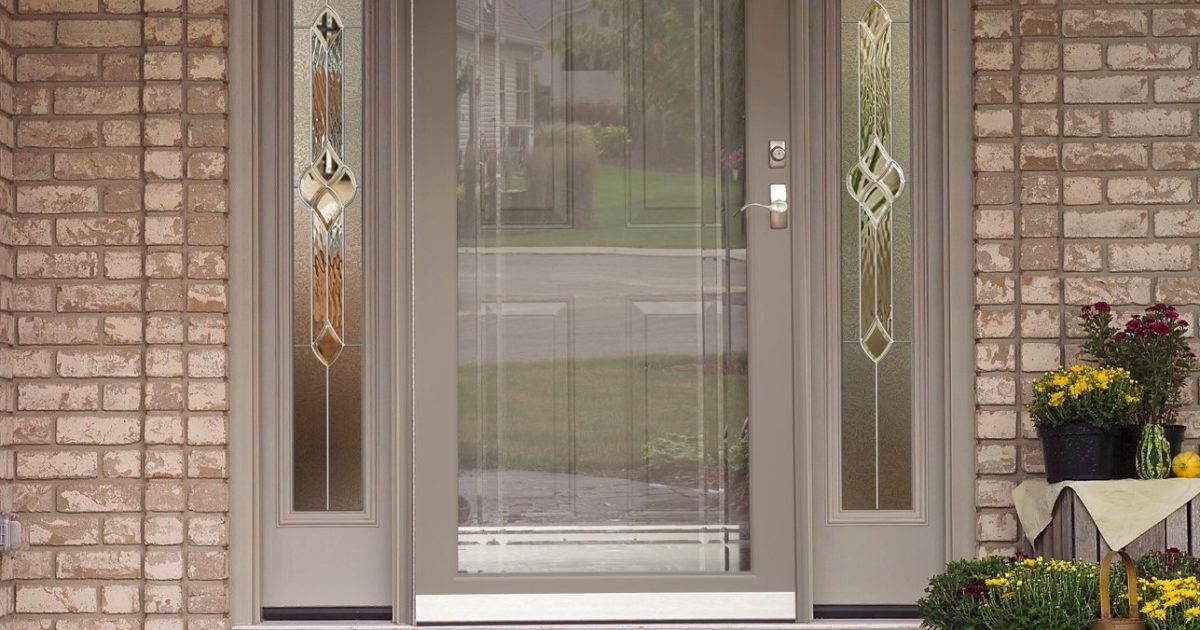

Home DIY & Maintenance
What Color Storm Door Should I Get
Modified: May 6, 2024
Find the perfect storm door for your home with our expert advice on color selection and maintenance tips. Explore our home DIY and maintenance tips now!
(Many of the links in this article redirect to a specific reviewed product. Your purchase of these products through affiliate links helps to generate commission for Storables.com, at no extra cost. Learn more)
Introduction
When it comes to enhancing the curb appeal of your home, choosing the right storm door color can make a significant difference. A storm door not only provides an added layer of protection against the elements but also serves as a focal point of your home's exterior. Selecting the perfect color for your storm door involves careful consideration of various factors, including your home's architectural style, the existing color scheme, and your personal preferences.
In this comprehensive guide, we will explore the essential considerations for choosing a storm door color, popular color options, and how to ensure that the chosen color complements both your home's exterior and your front door. By the end of this article, you will have the confidence to select a storm door color that not only enhances the aesthetic appeal of your home but also reflects your unique style and personality.
Key Takeaways:
- Choose a storm door color that complements your home’s exterior, considering existing colors, architectural style, and personal preference. Popular options include classic white, subtle beige, striking black, earthy brown, refreshing green, and welcoming blue.
- Ensure your storm door color harmonizes with your front door, reflects your personal style, and aligns with long-term maintenance needs. Consider sampling colors, seeking expert advice, and expressing your unique aesthetic preferences.
Read more: What Color Drapes Should I Get
Considerations for Choosing a Storm Door Color
When selecting a color for your storm door, it’s crucial to consider several factors to ensure that the chosen color harmonizes with your home’s exterior and meets your aesthetic preferences. Here are some key considerations to keep in mind:
- Existing Exterior Colors: Take note of the existing colors on the exterior of your home, including the siding, trim, and front door. The storm door color should complement these existing hues rather than clash with them. Consider whether you want the storm door to blend in seamlessly or make a bold statement.
- Architectural Style: The architectural style of your home can influence the ideal storm door color. For example, a traditional colonial-style home might benefit from a classic, neutral-colored storm door, while a modern home could accommodate a more vibrant or unconventional hue.
- Climate and Sunlight: Consider the climate in your area and the amount of sunlight your home receives. Dark-colored storm doors can absorb more heat, which may not be ideal in regions with scorching summers. Lighter colors may be preferable in such climates.
- Maintenance and Cleaning: Keep in mind that lighter colors may show dirt and grime more easily, requiring more frequent cleaning. If you prefer a low-maintenance option, a darker color might be more suitable.
- Personal Preference: Ultimately, your personal taste and style should play a significant role in the color selection. Consider the overall ambiance you wish to create and how the storm door color can contribute to achieving that vision.
By taking these considerations into account, you can narrow down the options and make an informed decision when choosing a storm door color that complements your home and aligns with your preferences.
Popular Storm Door Colors
When it comes to selecting a color for your storm door, there are several popular options that can enhance the visual appeal of your home. Here are some of the most sought-after storm door colors and their unique characteristics:
- Classic White: A timeless choice, white storm doors exude a clean and fresh look. They complement a wide range of home exteriors and convey a sense of elegance and simplicity. White is also an excellent option for reflecting sunlight, which can be beneficial in warmer climates.
- Subtle Beige or Cream: Beige or cream-colored storm doors offer a warm and inviting aesthetic. These neutral hues blend well with various exterior color schemes and architectural styles, providing a versatile and understated option.
- Striking Black: Black storm doors make a bold statement and create a sense of sophistication. They can add contrast to lighter-colored homes and create a focal point in the entryway. However, it’s essential to consider the potential heat absorption associated with darker colors in sunny climates.
- Earthy Brown: Brown storm doors can evoke a natural and earthy feel, particularly when paired with homes featuring stone, brick, or wood exteriors. The warmth of brown hues can create a welcoming and harmonious entryway.
- Refreshing Green: Green storm doors, ranging from subtle sage to vibrant forest green, can infuse a touch of nature into your home’s exterior. These colors can complement homes surrounded by lush landscaping or add a refreshing pop of color to more subdued facades.
- Welcoming Blue: From tranquil sky blue to deep navy, blue storm doors offer a range of options to suit different preferences. Blue hues can convey a sense of serenity and can be an excellent choice for coastal or nautical-themed homes.
These popular storm door colors provide a starting point for exploring different options that can elevate your home’s exterior appeal. Whether you prefer a classic, understated look or a more daring and vibrant statement, there is a color to suit every style and architectural aesthetic.
Matching Your Home’s Exterior
When choosing a storm door color, it’s essential to ensure that it harmonizes with your home’s exterior, creating a cohesive and visually appealing look. Here are some tips for matching your storm door to your home’s exterior:
- Consider the Existing Color Palette: Take stock of the predominant colors on your home’s exterior, including the siding, trim, and any architectural features. Look for a storm door color that complements these existing hues rather than competing with them. For example, if your home has warm earthy tones, a brown or cream-colored storm door may be an excellent match.
- Reflect the Architectural Style: The architectural style of your home can guide the choice of a suitable storm door color. Traditional homes often pair well with classic colors such as white, black, or muted neutrals, while more contemporary or eclectic homes may accommodate bolder or unconventional hues.
- Create Visual Contrast: While harmony is essential, creating visual interest through contrast can also be impactful. For instance, a dark-colored storm door can provide striking contrast against a light-colored home exterior, drawing attention to the entryway and adding depth to the overall aesthetic.
- Coordinate with Trim and Accents: If your home features decorative trim, shutters, or other exterior accents, consider how the storm door color will interact with these elements. Aim for a cohesive look that ties together the various components of your home’s facade.
- Factor in Landscape and Surroundings: Take into account the surrounding landscape and outdoor elements when selecting a storm door color. A color that complements the natural surroundings or landscaping can create a seamless transition between the exterior of your home and its outdoor environment.
By carefully considering these aspects and envisioning how the chosen color will interact with your home’s exterior, you can select a storm door color that enhances the overall visual appeal and contributes to a cohesive and inviting entryway.
Consider the color of your house and the surrounding landscape when choosing a storm door color. A neutral color like white or black can complement any exterior, while a bold color can add a pop of personality.
Complementing Your Front Door
When choosing a storm door color, it’s important to consider how it will complement your front door, as these elements work together to create a cohesive and welcoming entryway. Here are some key considerations for ensuring that your storm door harmonizes with your front door:
- Enhance the Front Door’s Color: If your front door features a distinctive color or wood stain, the storm door color should complement rather than overpower it. Consider selecting a storm door color that enhances the visual appeal of the front door, creating a balanced and coordinated look.
- Coordinate with Hardware and Accents: Take into account the hardware and accents on your front door, such as doorknobs, hinges, and decorative elements. The storm door color should work harmoniously with these details, creating a unified and polished appearance.
- Balance Boldness and Subtlety: If your front door is a bold or vibrant color, such as red or teal, the storm door color can either complement this boldness with a more subdued hue or create a striking contrast with a complementary or neutral color. Conversely, if the front door is neutral, the storm door can introduce a pop of color or maintain a complementary understated tone.
- Consider Visual Flow: The transition from the front door to the storm door should feel natural and visually appealing. Consider how the colors interact as you move from the exterior of your home to the entryway, aiming for a seamless and inviting transition.
- Reflect the Overall Aesthetic: The combination of your front door and storm door colors should align with the overall aesthetic you wish to achieve. Whether it’s a traditional, modern, or eclectic look, the colors should contribute to the desired ambiance and style.
By carefully considering these factors and envisioning how the storm door color will interact with your front door, you can create a cohesive and visually engaging entryway that leaves a lasting impression on visitors and passersby.
Read more: What Color Blinds Should I Get
Final Considerations
Before making the final decision on your storm door color, there are a few additional considerations to keep in mind to ensure that the chosen color aligns with your preferences and practical needs:
- Sample the Colors: If possible, obtain color samples or swatches of the potential storm door colors and place them against your home’s exterior and front door. This visual assessment can provide valuable insight into how the colors will appear in different lighting conditions and against various materials.
- Consult with Experts: Seek advice from professionals at home improvement stores, design consultants, or contractors who specialize in exterior home renovations. Their expertise can offer valuable guidance in selecting a color that complements your home’s exterior and aligns with your vision.
- Consider Long-Term Appeal: While it’s essential to choose a color that resonates with your current preferences, consider the long-term appeal of the color. Opting for a timeless or versatile hue can ensure that your storm door maintains its visual appeal as trends evolve.
- Climate and Maintenance: Factor in the climate in your area and the maintenance requirements associated with the chosen color. Consider whether the color is prone to fading, staining, or showing dirt, and assess whether it aligns with your willingness to perform regular upkeep.
- Personal Expression: Ultimately, your home’s exterior is an expression of your personal style and taste. Don’t be afraid to choose a color that resonates with you and reflects your unique aesthetic preferences, creating a space that feels welcoming and true to your personality.
By taking these final considerations into account, you can approach the selection of your storm door color with confidence, ensuring that the chosen color enhances the visual appeal of your home while meeting practical needs and personal preferences.
Conclusion
Choosing the right color for your storm door is a significant decision that can elevate the overall aesthetic of your home’s exterior and create a welcoming entryway. By considering factors such as your home’s existing exterior colors, architectural style, and personal preferences, you can select a storm door color that harmonizes with your home while reflecting your unique style.
Popular storm door colors, including classic white, subtle beige, striking black, earthy brown, refreshing green, and welcoming blue, offer versatile options to suit different architectural styles and personal tastes. These colors can enhance the visual appeal of your home while contributing to a cohesive and inviting facade.
Matching your storm door to your home’s exterior involves careful consideration of the existing color palette, architectural style, and surrounding landscape, ensuring that the chosen color complements the overall aesthetic and creates a harmonious look. Additionally, complementing your front door with the storm door color involves balancing colors, coordinating with hardware and accents, and creating a seamless visual flow from the exterior to the entryway.
As you finalize your decision, sampling the colors, seeking expert advice, and considering long-term appeal, climate, and maintenance requirements can provide valuable insights and ensure that the chosen color aligns with your practical needs and long-term satisfaction.
Ultimately, selecting a storm door color is an opportunity to express your personal style and create an inviting and visually engaging entryway. By carefully considering the various aspects outlined in this guide, you can confidently choose a storm door color that enhances the curb appeal of your home, reflects your unique personality, and leaves a lasting impression on visitors and passersby.
Once you've picked the perfect storm door color, why stop there in boosting your home's appeal? Consider enhancing your front yard with unique mailbox landscaping, a sure way to elevate curb appeal. Additionally, for those who enjoy hands-on activities, diving into DIY projects can offer personal satisfaction and significant savings. Learn why engaging in DIY projects can be so rewarding and how they can transform your living space.
Frequently Asked Questions about What Color Storm Door Should I Get
Was this page helpful?
At Storables.com, we guarantee accurate and reliable information. Our content, validated by Expert Board Contributors, is crafted following stringent Editorial Policies. We're committed to providing you with well-researched, expert-backed insights for all your informational needs.
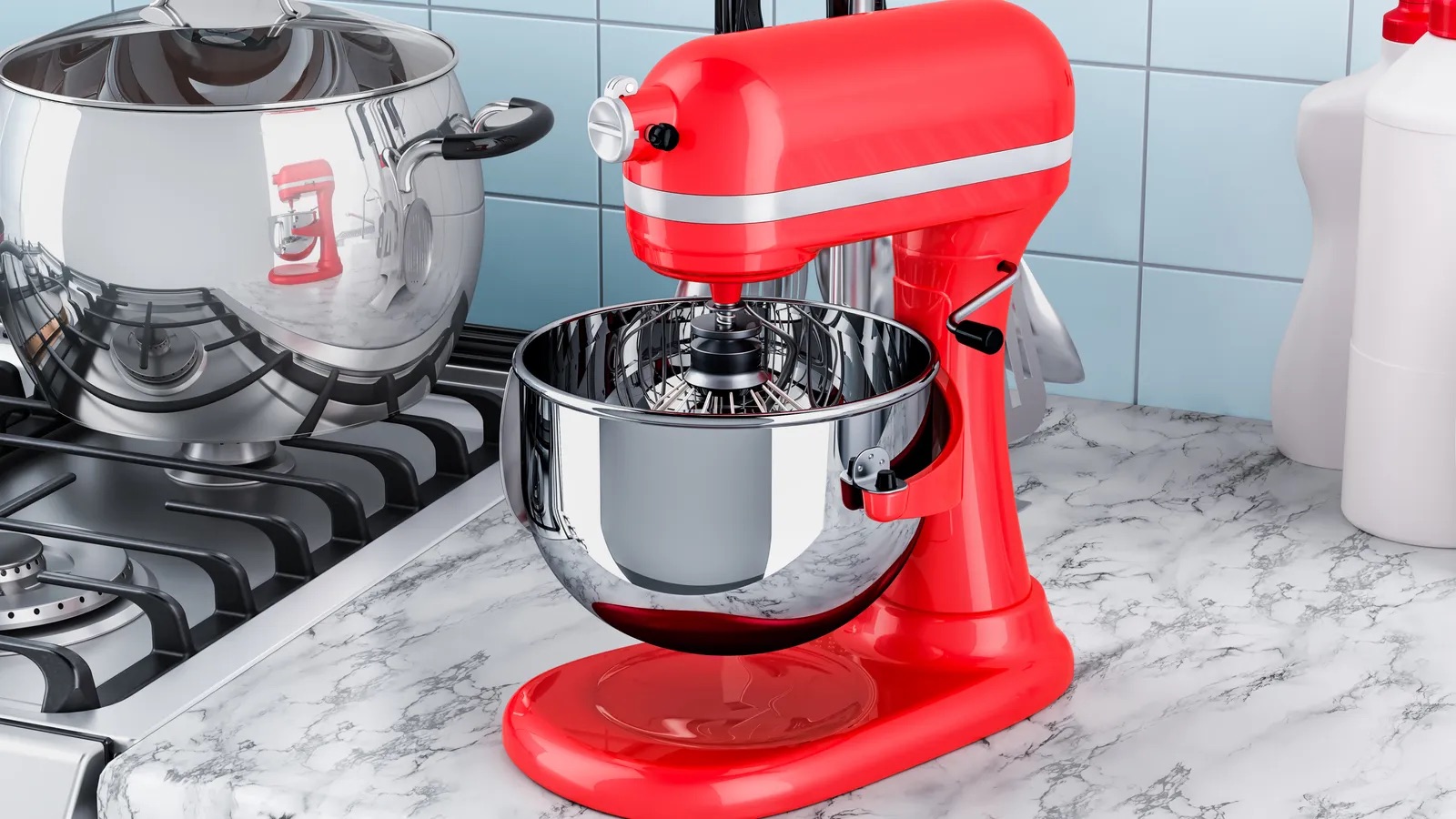
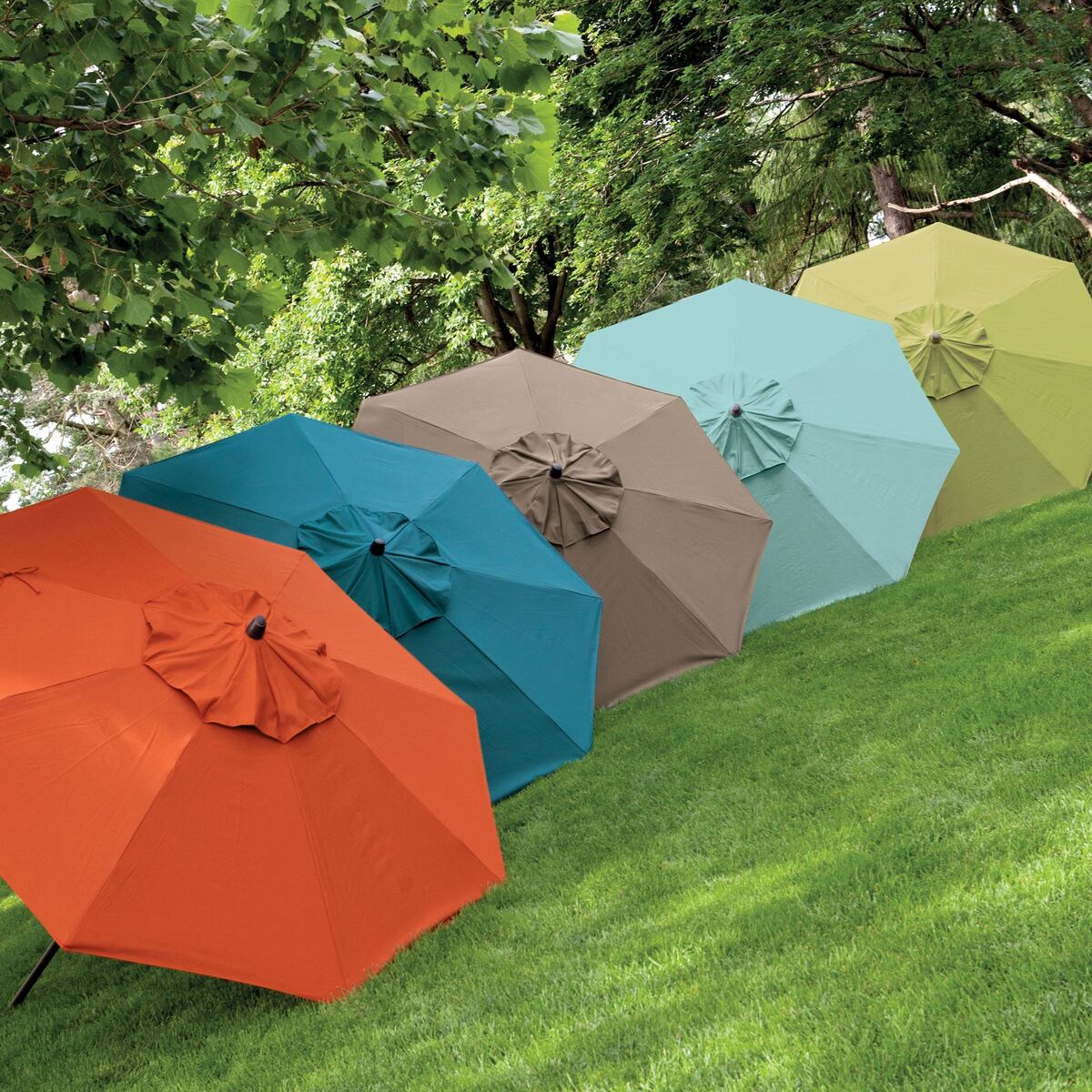
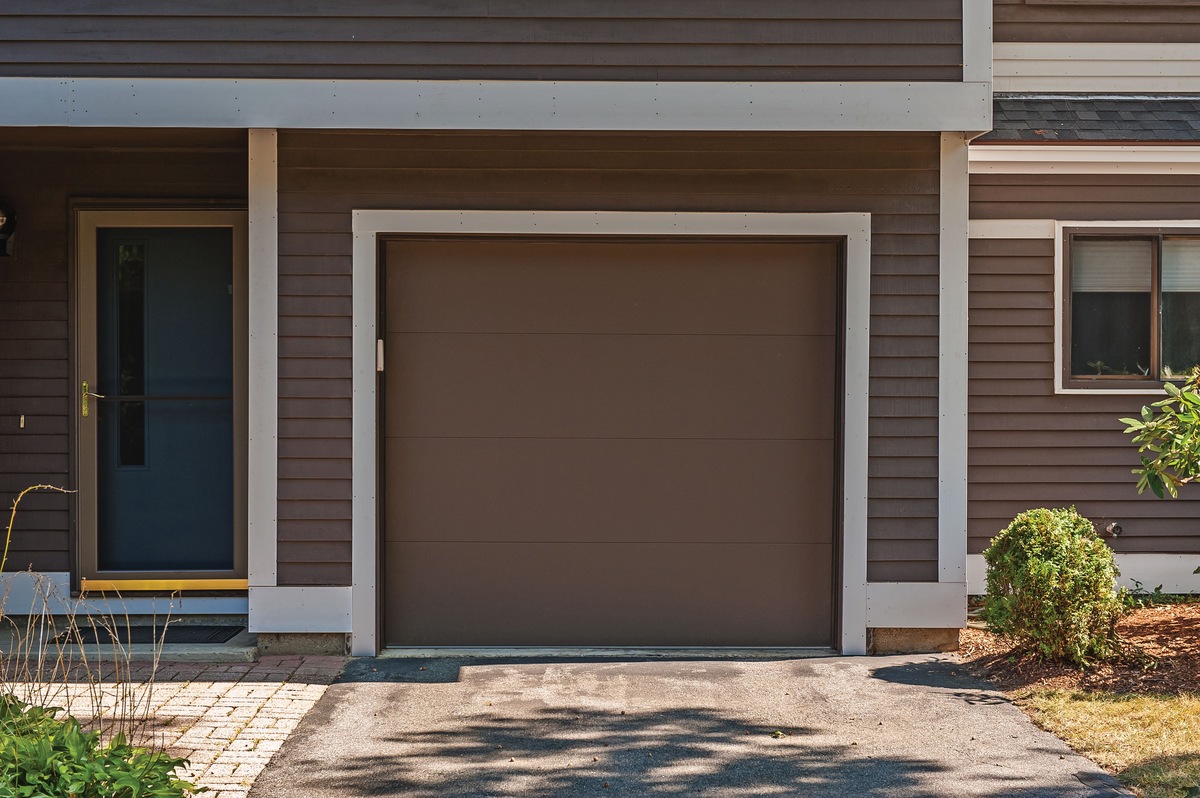
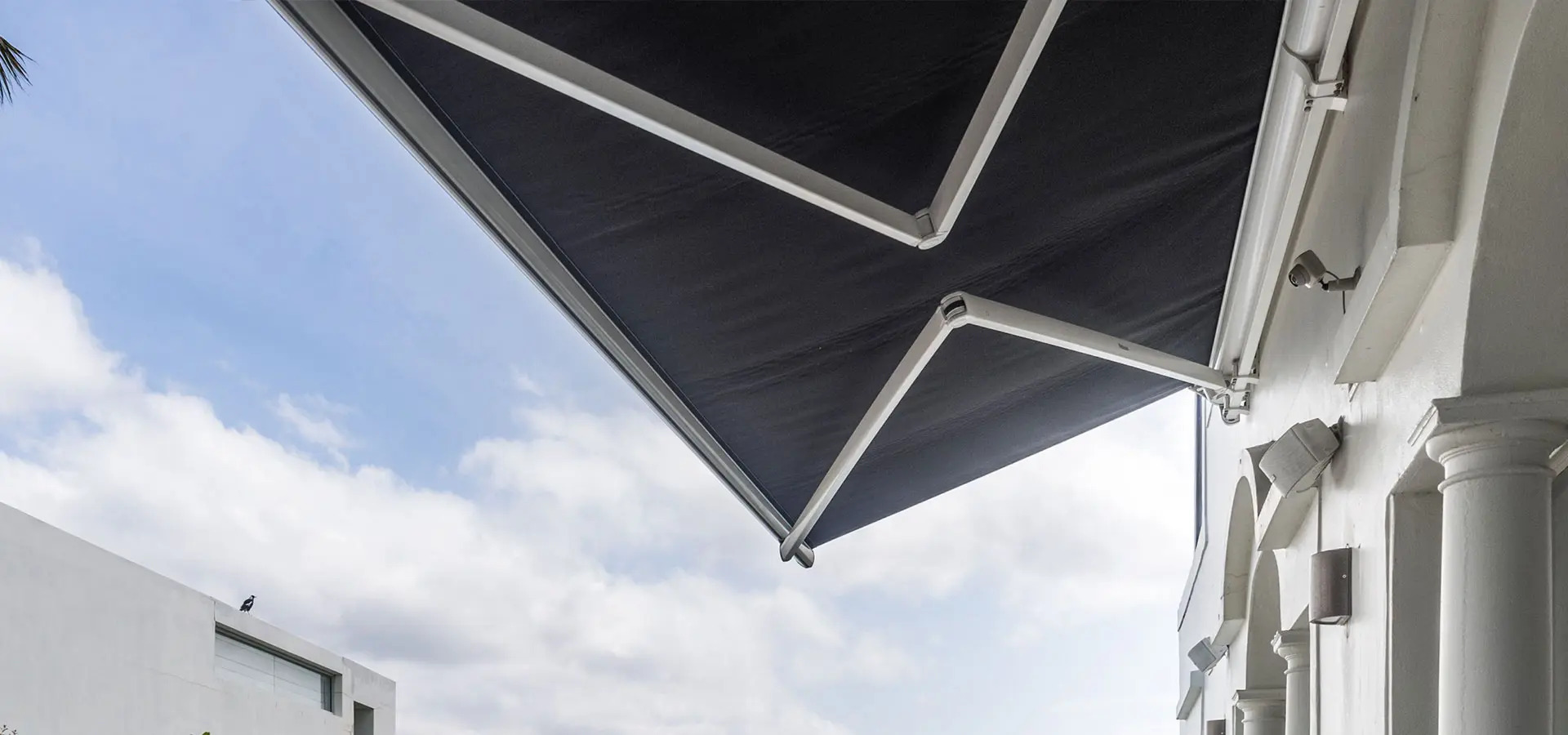
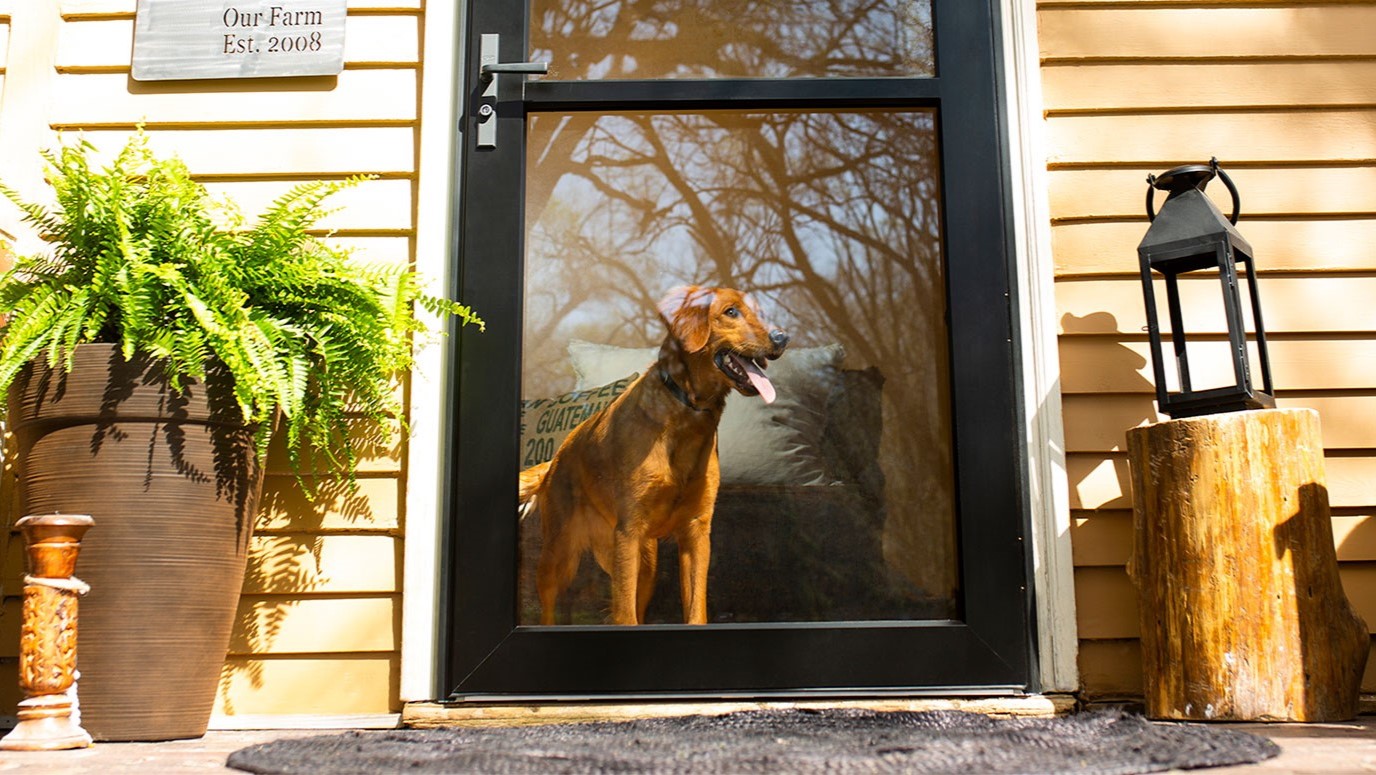
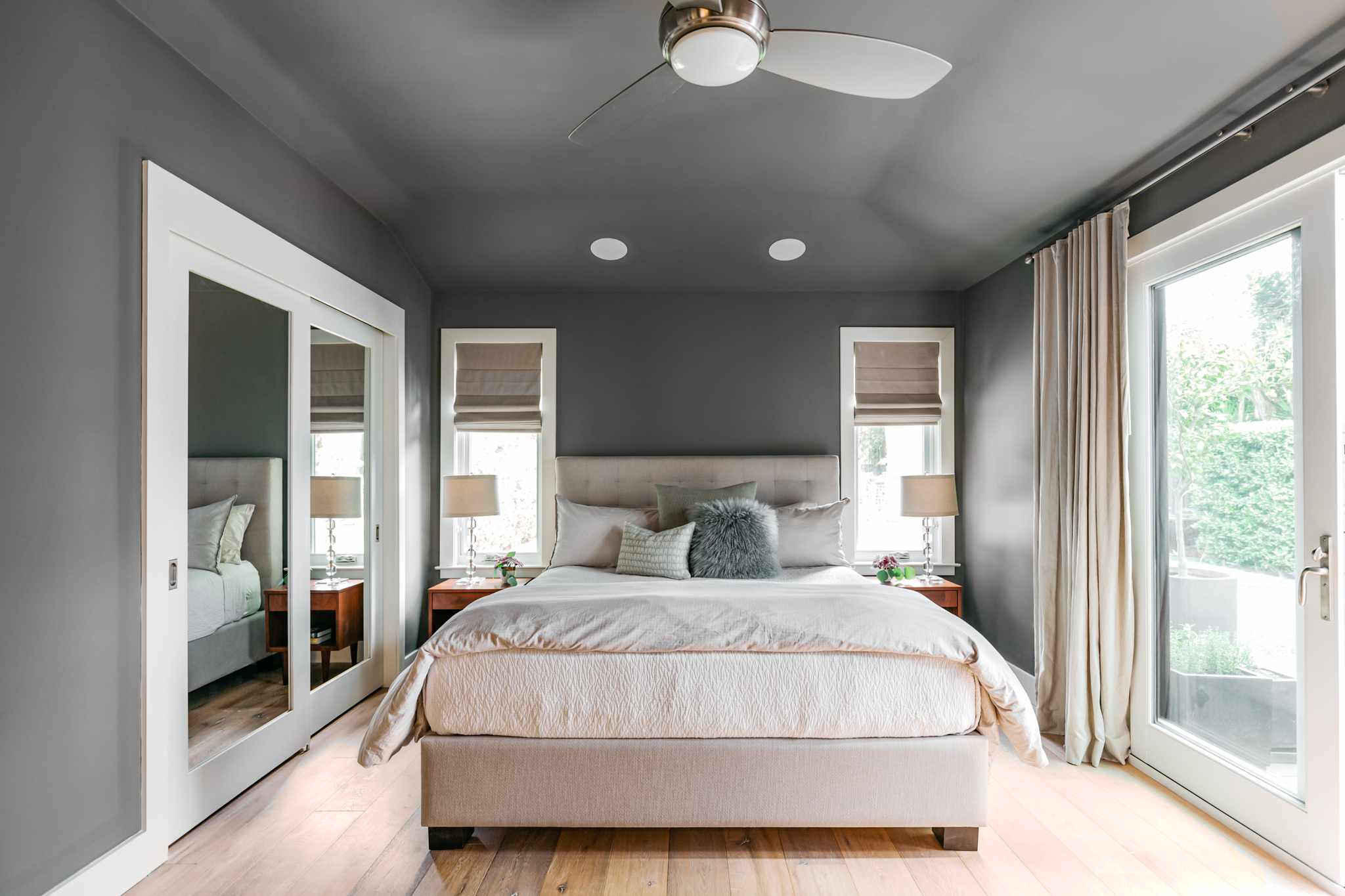
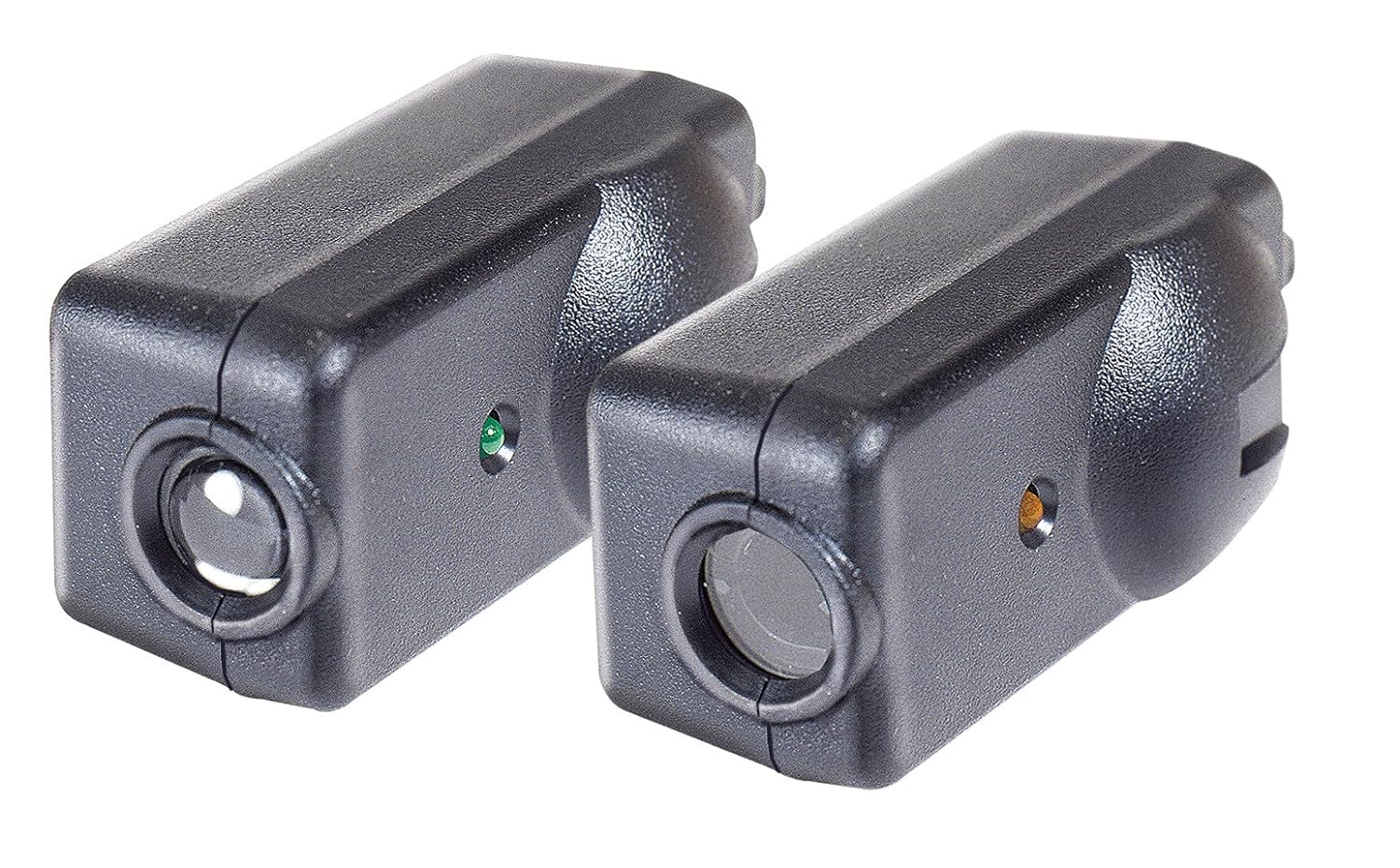
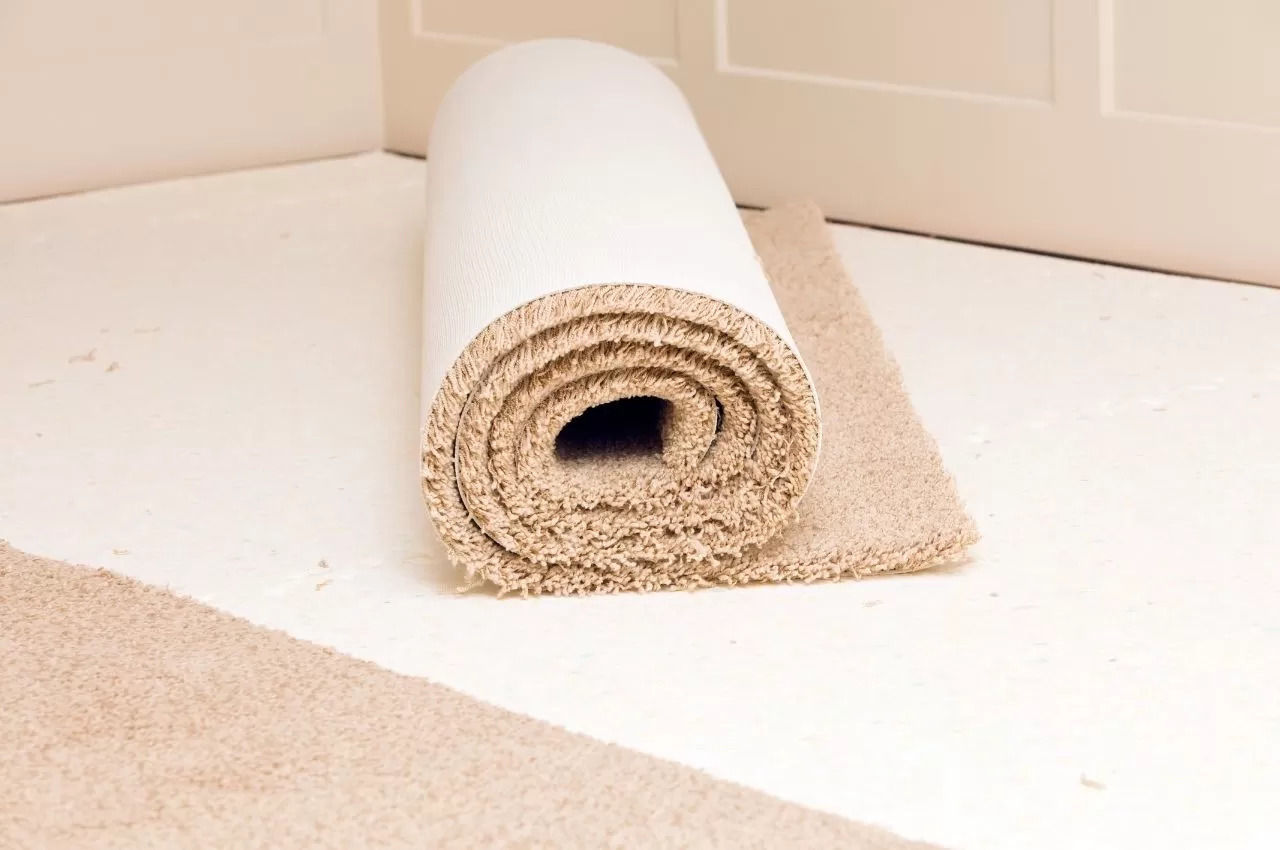

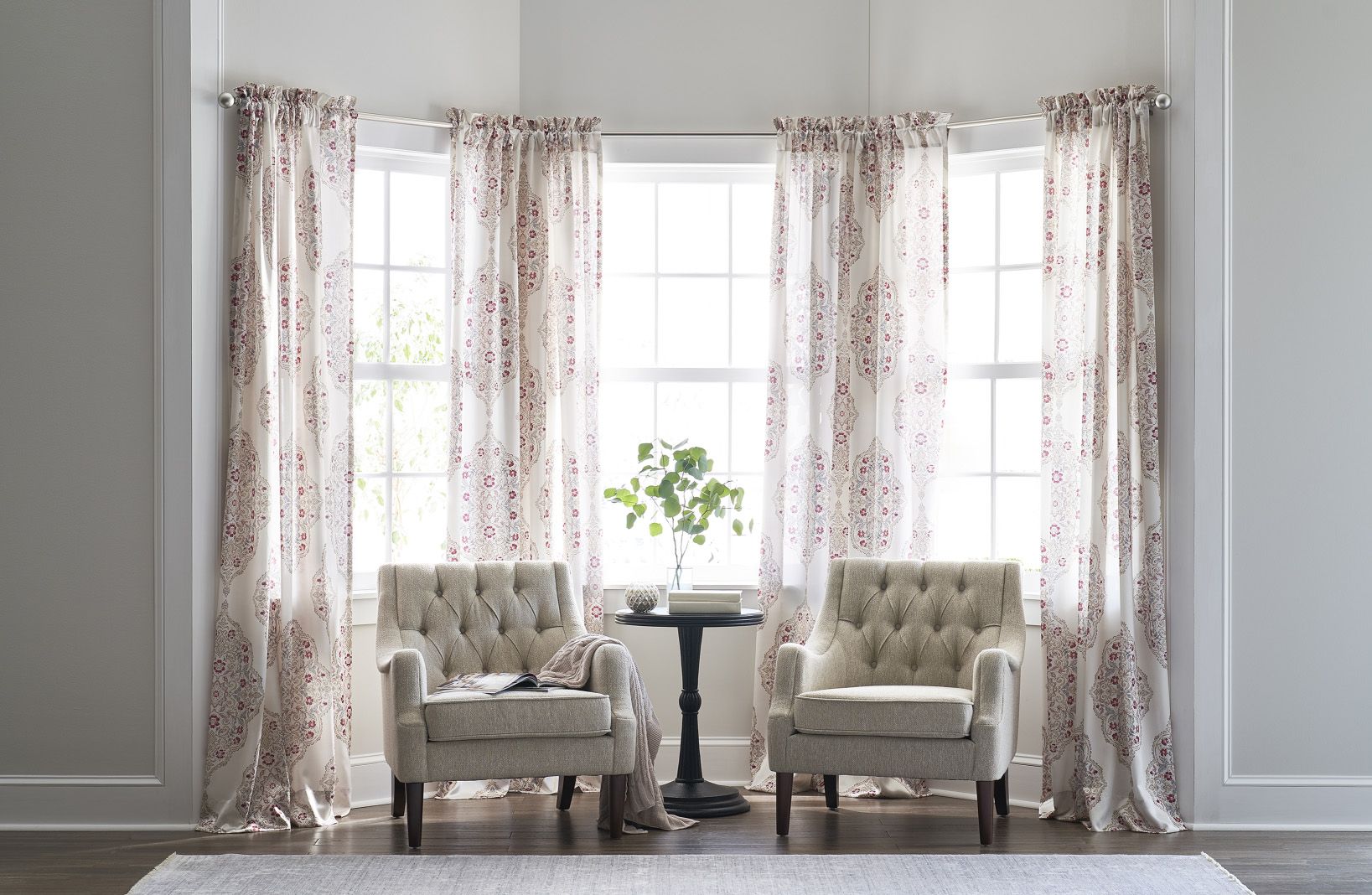
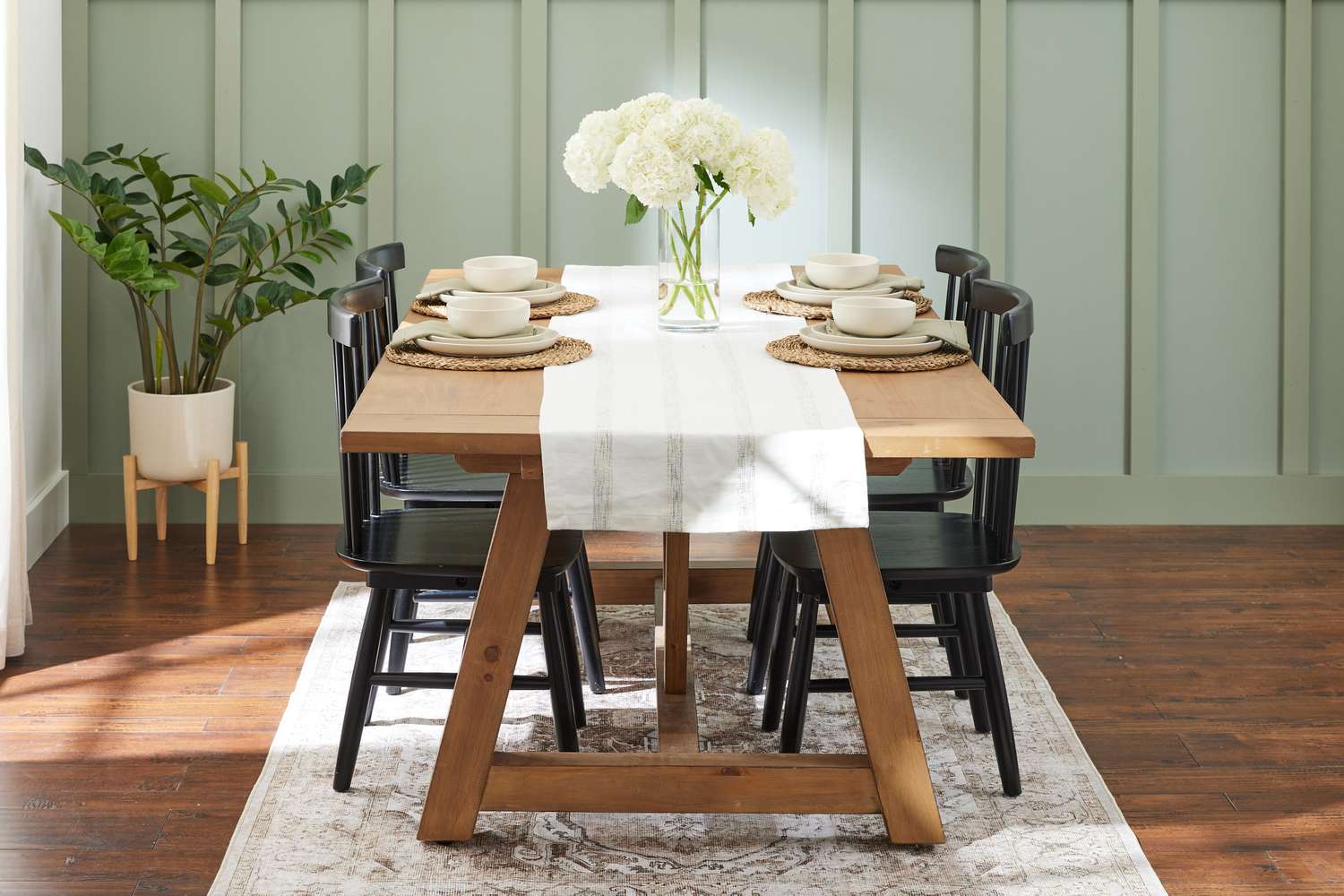
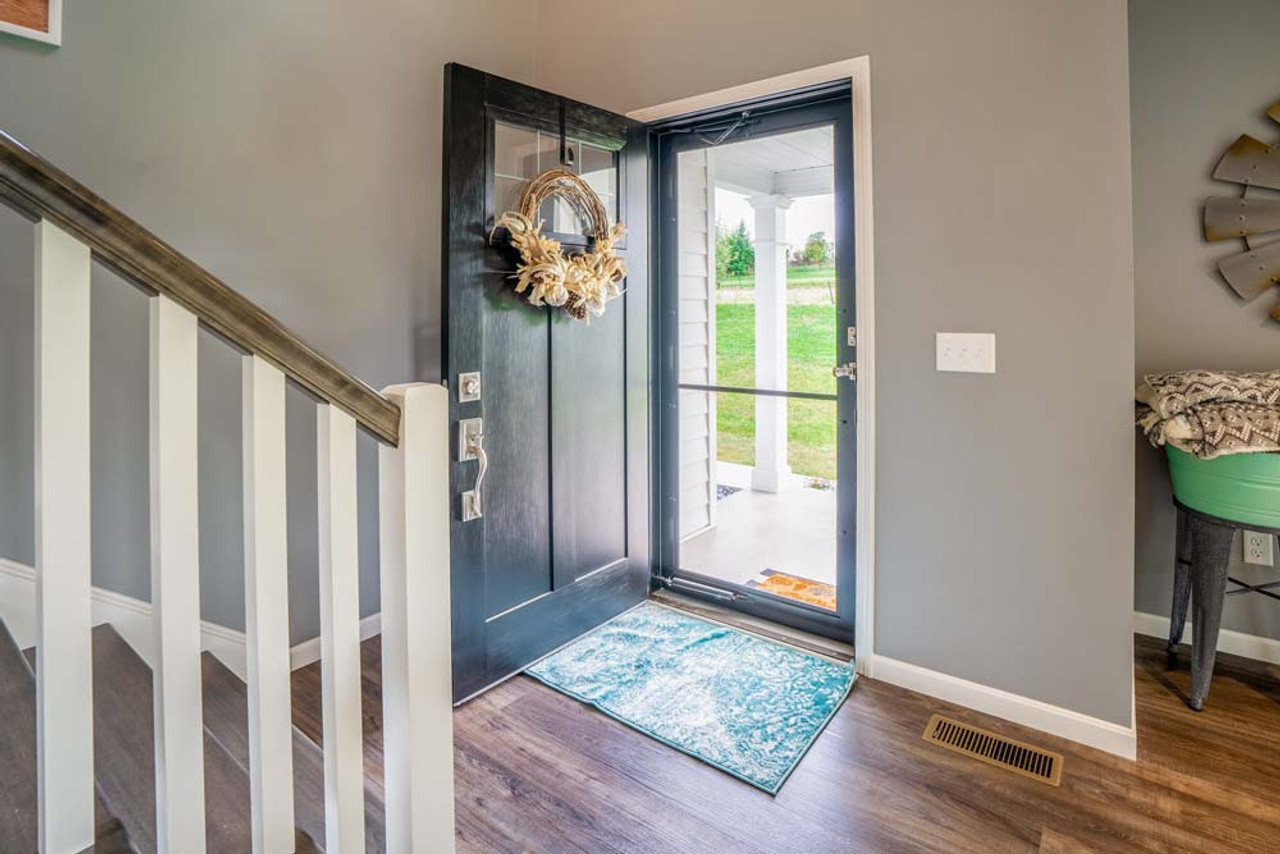
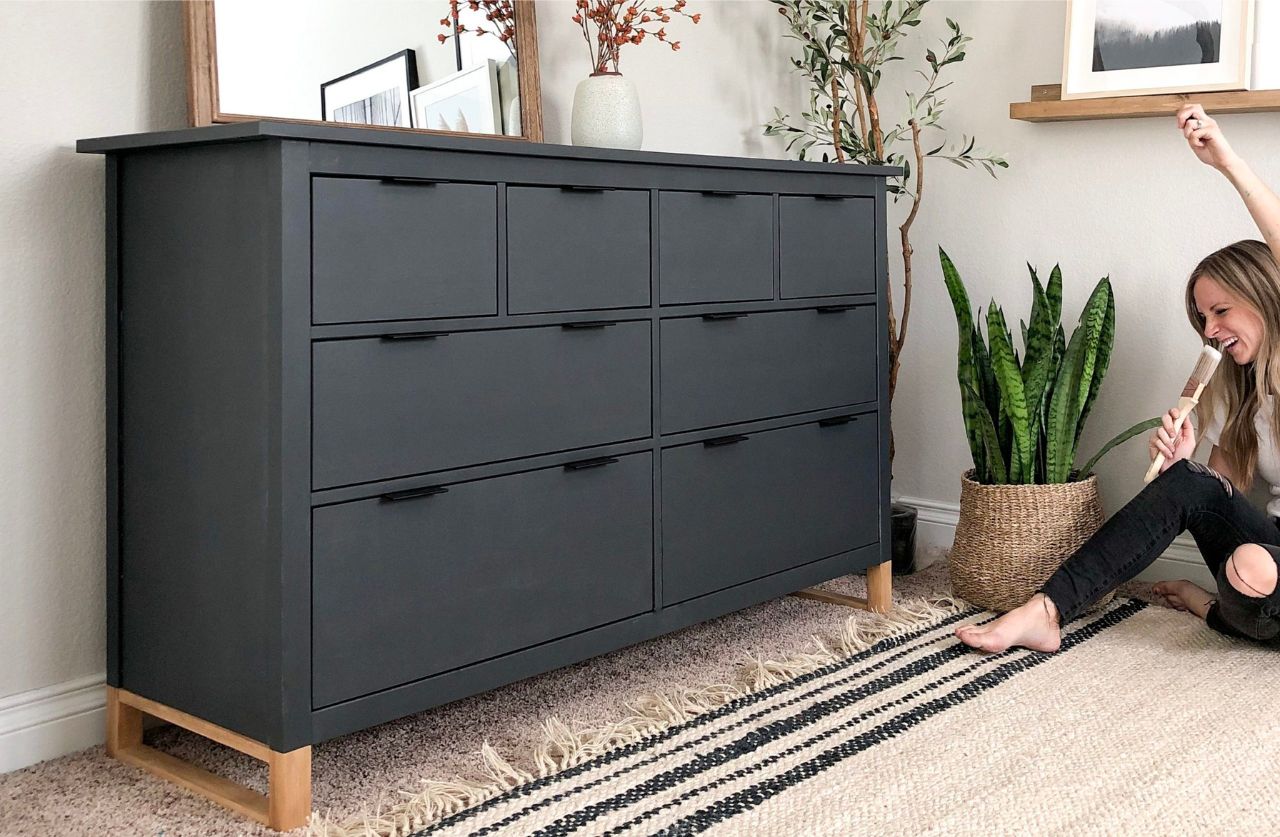
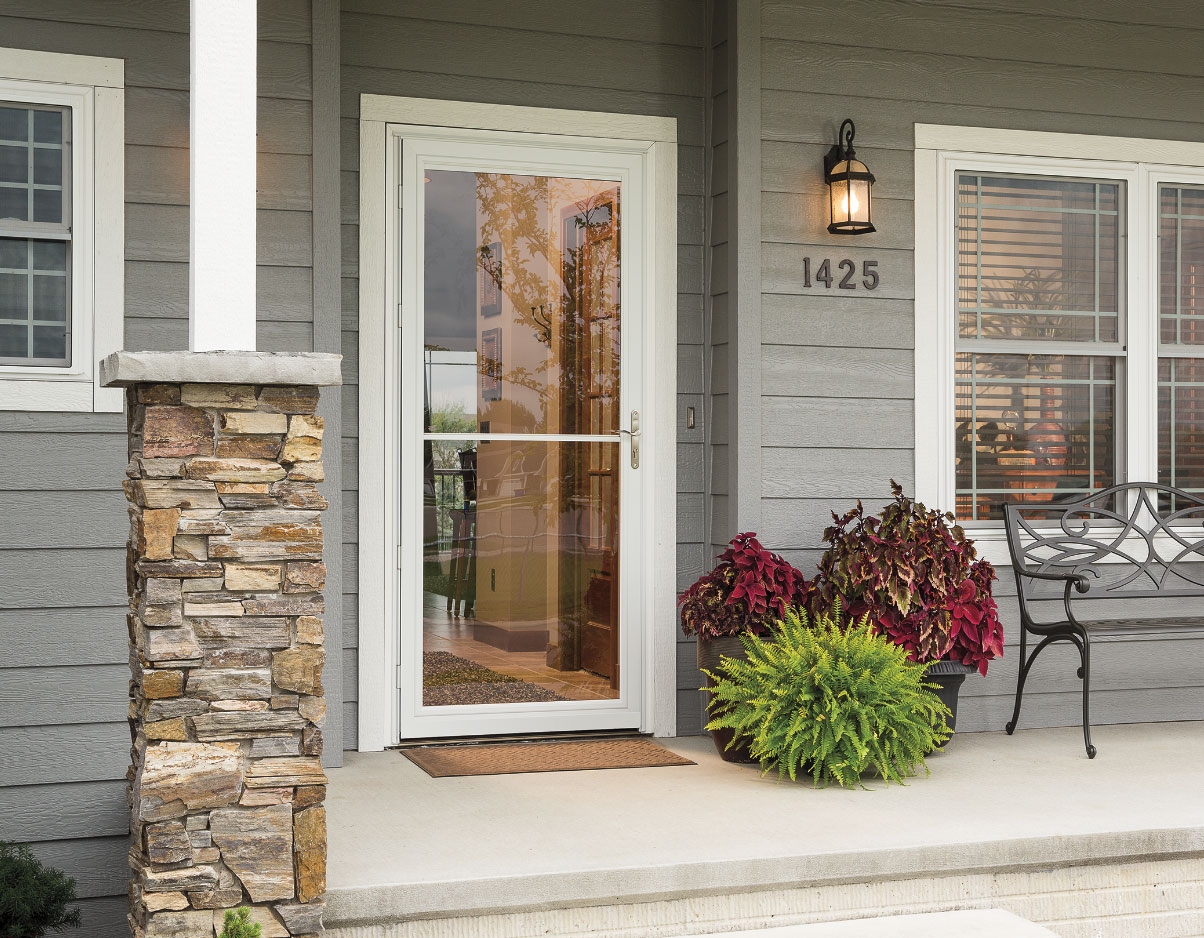

0 thoughts on “What Color Storm Door Should I Get”